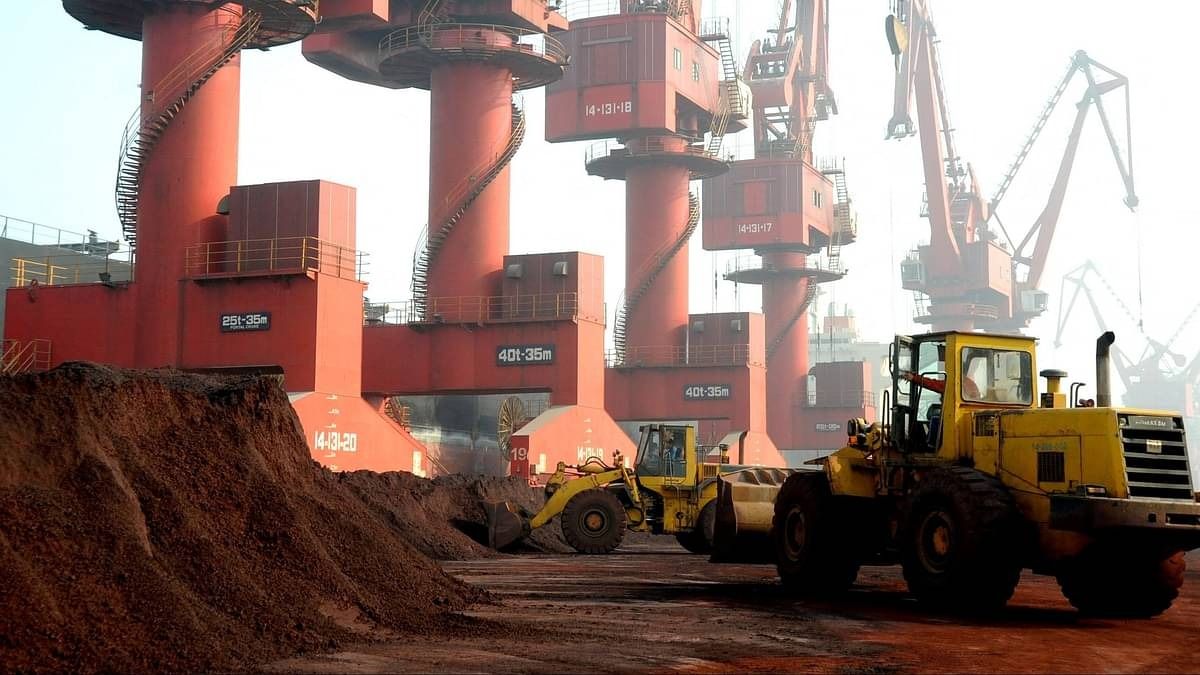
PHNOM PENH (The Phnom Penh Post/Asia News Network): Cambodia spent US$1.078 billion on the import of petrol, diesel, aviation fuels, and black fuel oils in the first half of 2023, down 9.72 per cent from $1.194 billion a year earlier, according to the Ministry of Commerce.
Individually, diesel accounted for the lion’s share at $651.854 million, which marked an 8.04 per cent year-on-year drop, followed by petrol ($390.983M; down 5.30%), aviation fuels ($32.047M; up 55.81%) and black fuel oils ($3.266M; down 93.71%), the ministry said in a bulletin, citing data from Customs (GDCE).
More broadly, Cambodia imported $1.736 billion worth of “mineral fuels, oils, distillation products” in 2023H1, down 5.28 per cent from $1.833 billion in 2022H1 and down 5.40 per cent from $1.835 billion in 2022H2, according to provisional GDCE data compiled in “International Merchandise Trade Statistics” bulletins.
This category of items, corresponding to Chapter 27 of the Harmonised System (HS) of Tariff Nomenclature, accounted for 14.20 per cent of the $12.229 billion value of the kingdom’s total goods imports during 2023H1. The corresponding figures for 2022 were: H1 (11.55%; $15.865B) and H2 (13.04%; $14.077B).
In June alone, the kingdom imported $315.638 million worth of Chapter 27 items, down 4.15 per cent year-on-year from $329.294 million, up 11.5 per cent half-on-half from $283.121 million, up 9.37 per cent quarter-on-quarter from $288.605 million, and up 14.61 per cent month-on-month from $275.394 million.
In an interview with The Post on July 31, Royal Academy of Cambodia economist Hong Vanak Vanak attributed the decreases in fuel import values recorded in the first half to an overall year-on-year drop in international oil prices, given the elevated rates seen shortly after the Ukraine conflict broke out.
Other reasons cited included factories and manufacturing enterprises’ moves to clean energy sources – often choosing the national grid over individual power generators – a rise in the usage of electric vehicles, and a switch from fossil fuels to renewables for electricity generation.
“From my perspective, the drop in fuel imports during the first half of the year does not inherently signal a decline in Cambodia’s production capacity,” he suggested.
Vanak also put the nearly three-fifth on-year surge in the import of aviation fuels down to an increase in passenger transport by air, as Covid-19 concerns dissipated.
According to the commerce ministry, the per-litre retail price caps for standard-grade petroleum and diesel stood at 4,200 riel and 3,950 riel ($1.02 and $0.96) at end-June, respectively, down 27.59 per cent and down 37.30 per cent year-on-year.
Ministry spokesman Penn Sovicheat previously mentioned Singapore, Thailand and Vietnam as notable fuel imports sources for Cambodia.
For reference, the latest statistics from data website Trading Economics show that Singapore, Thailand and Vietnam accounted for about $197.61 million, $845.16 million and $720.84 million of Cambodia’s $2.4 billion in total Chapter 27 imports in 2021.
Cambodia Chamber of Commerce vice-president Lim Heng agreed with Vanak that falling crude oil prices on the global market were a major factor in the year-on-year declines in Cambodia’s fuel import volumes.
Nonetheless, the decreases in import volumes come despite improvements in Cambodian manufacturing and production, he pointed out.










































